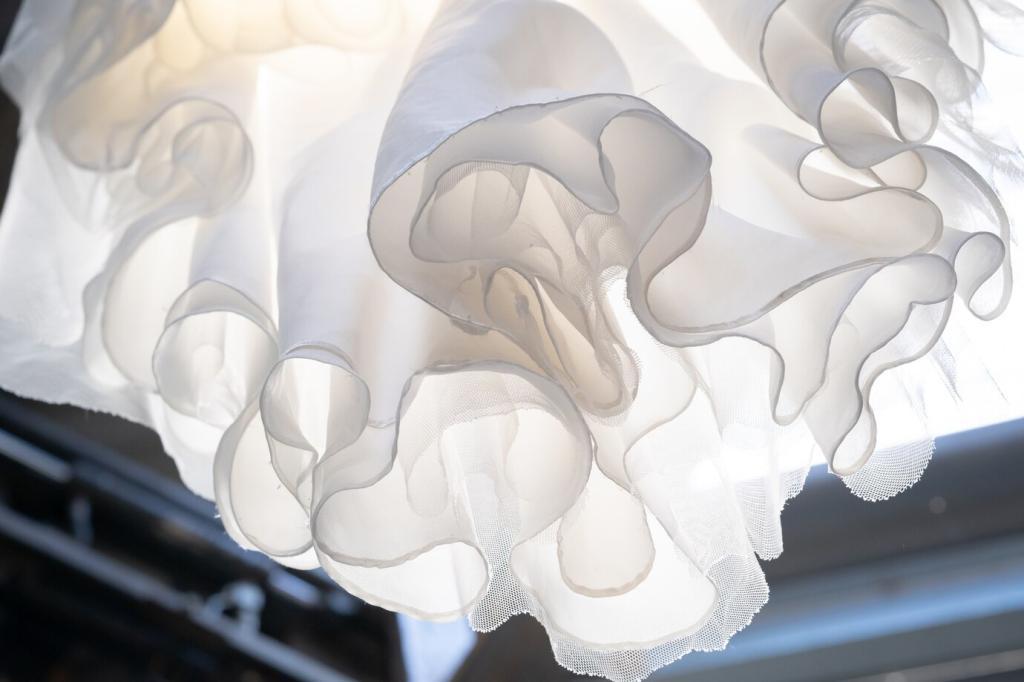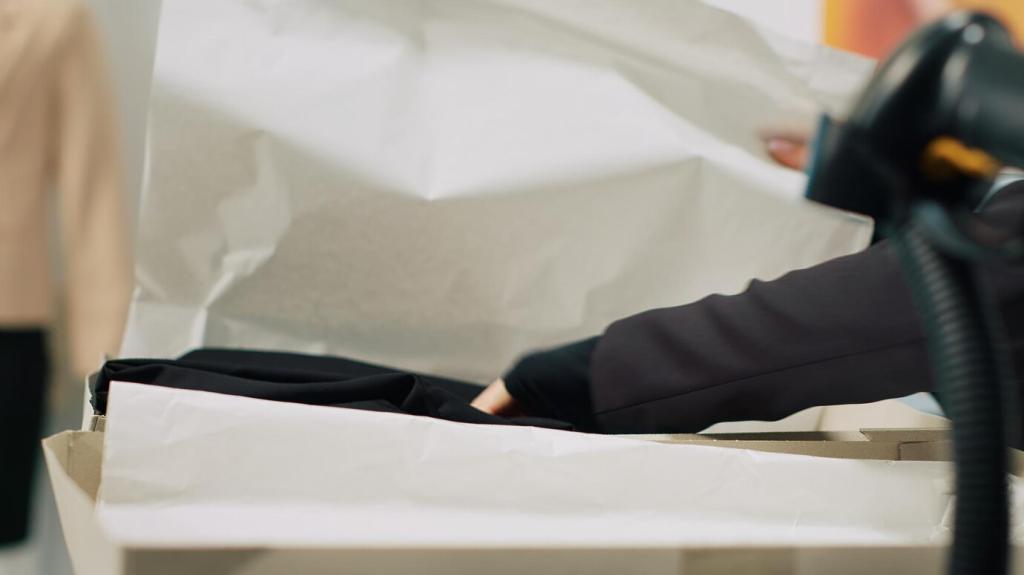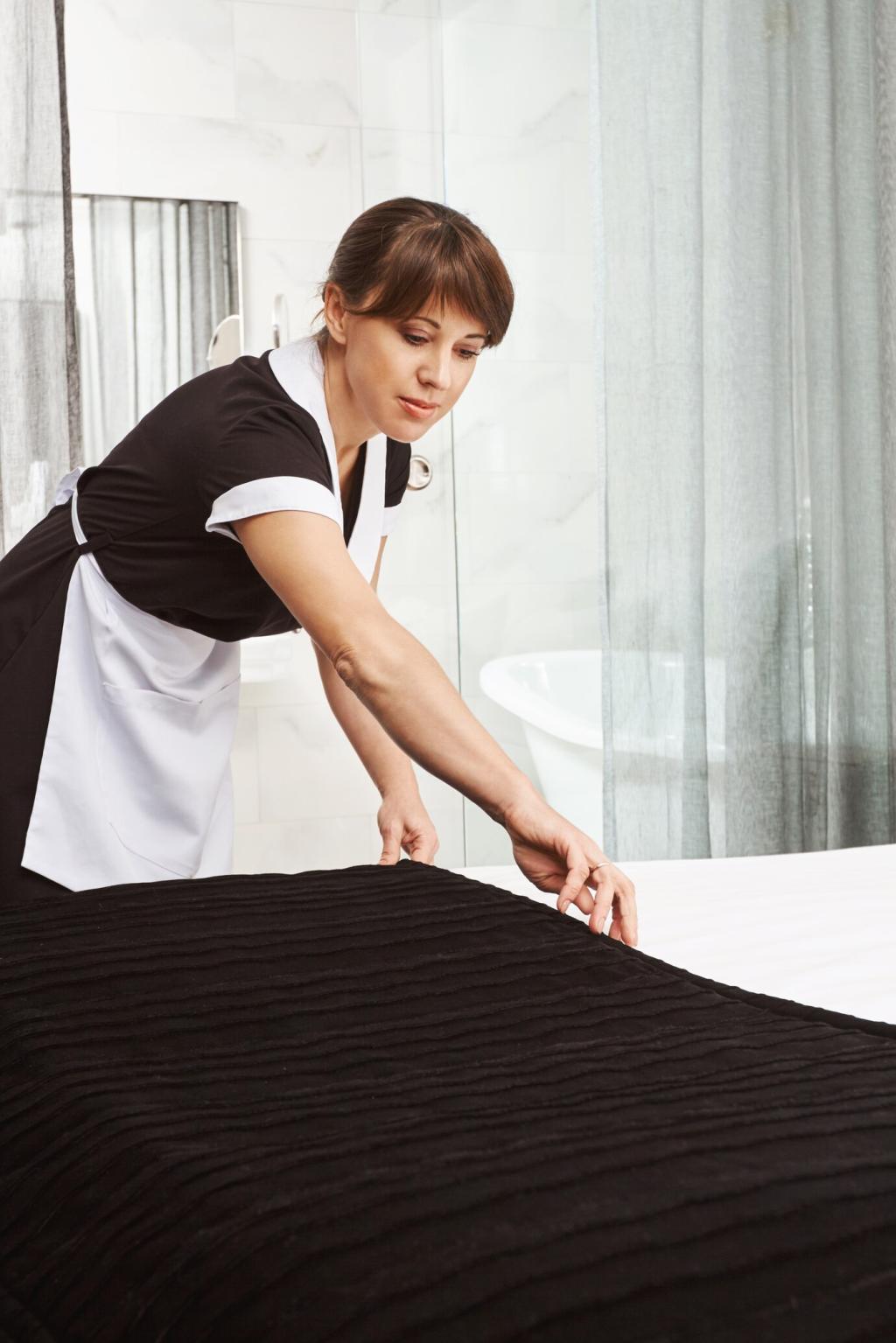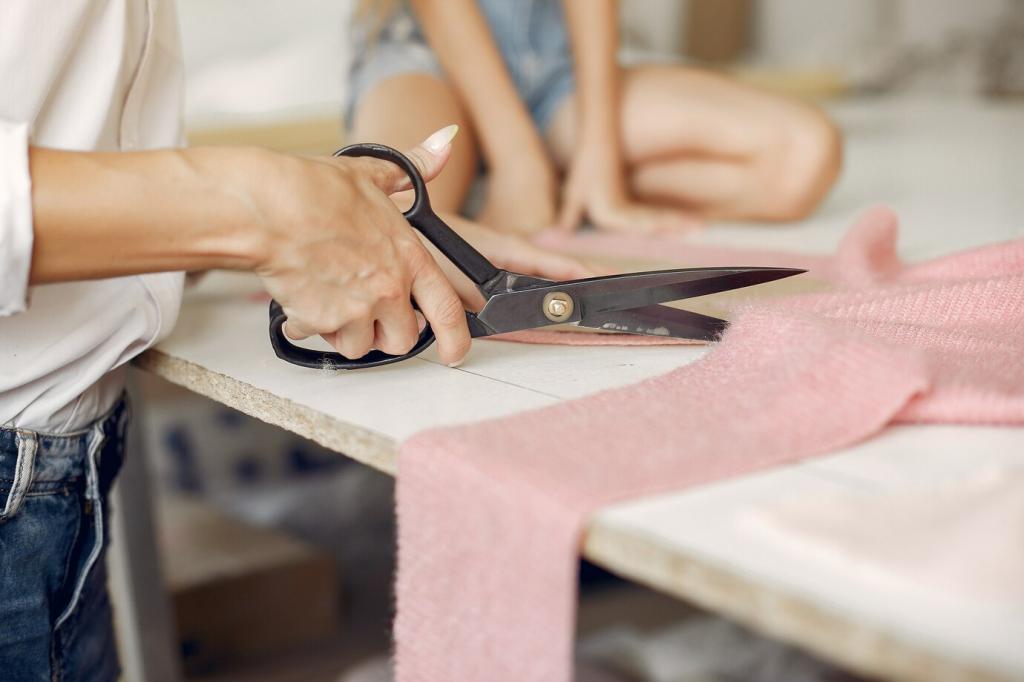Ironing Silk Bedding: Do's and Don'ts — A Gentle Guide
Chosen theme: Ironing Silk Bedding: Do’s and Don’ts. Learn to smooth luxury fibers without stress, preserve their glow, and build confidence. Read on, comment with your questions, and subscribe for more silk-smart care.
Know Your Silk: Fiber Facts That Shape Every Press
Silk is a protein, not a plant
Silk’s fibroin strands behave like delicate hair: they respond to heat, moisture, and tension. Gentle warmth relaxes wrinkles; aggressive heat denatures proteins, causing shine, brittleness, and heartbreaking plate marks across pillowcases.
Momme and weave influence heat tolerance
Most silk bedding lives between 19 and 25 momme. Charmeuse glows but marks easily; twill handles movement better. Do pair heavier momme with slightly higher warmth; don’t rush passes on lightweight weaves.
Dyes and finishes can bleed or glaze
Vibrant dyes and some finishes can migrate or glaze under heat. Always test with a white cotton cloth. If color lifts, lower temperature, reduce steam, and place a barrier cloth without exception.
Read the care label with intent
Care labels translate the manufacturer’s testing into practical boundaries. Do follow “cool iron” and “inside out” guidance; don’t override “no iron” on washed silk blends. Ask questions in comments if labels confuse.
Build a safe ironing setup
Use a padded board, distilled water, and a clean, smooth soleplate. Do place a cotton pressing cloth within reach; don’t park a hot iron face-down. Keep pets, drafts, and sunbeams away.
Always test a hidden corner
Moisten a small reverse-side area with distilled water, cover with cotton, and press briefly. If texture, color, or sheen changes, stop immediately. Adjust heat and steam until no visible shift occurs.
Technique Matters: The Safest Way to Iron Silk Bedding

Start at the silk setting, increase only if wrinkles remain. Do use light, intermittent steam or a separate steamer; don’t drench fabric. Excess moisture invites water spots and fiber distortion.
Troubleshooting and Red Flags: Avoidable Mistakes
01
Shine usually means plate pressure or heat exceeded the fiber’s tolerance. Reduce temperature, add a thicker pressing cloth, and work on the reverse. Do pause and let heat dissipate between sections.
02
Mineral-rich tap water leaves rings on silk’s smooth surface. Use distilled water, avoid over-steaming, and keep your pressing cloth dry. If spots appear, gently steam from distance and air-dry flat.
03
Starch can stiffen and fracture silk filaments; perfumes and deodorants may discolor under heat. Do keep finishing products away from the board. Embrace silk’s natural drape rather than force crispness.


Aftercare: Keep That Silk Finish Soft and Lasting
Heat-softened fibers reshape as they cool. Lay pieces on a clean surface to settle, then fold gently. Don’t stack warm items; trapped heat creates new creases and unintended shiny compression.
Aftercare: Keep That Silk Finish Soft and Lasting
Choose breathable cotton bags or lined shelves, away from sun. Do avoid plastic bins for long storage; moisture can build. Slip sachets beside, not on, fabric to prevent oil transfer and marks.



